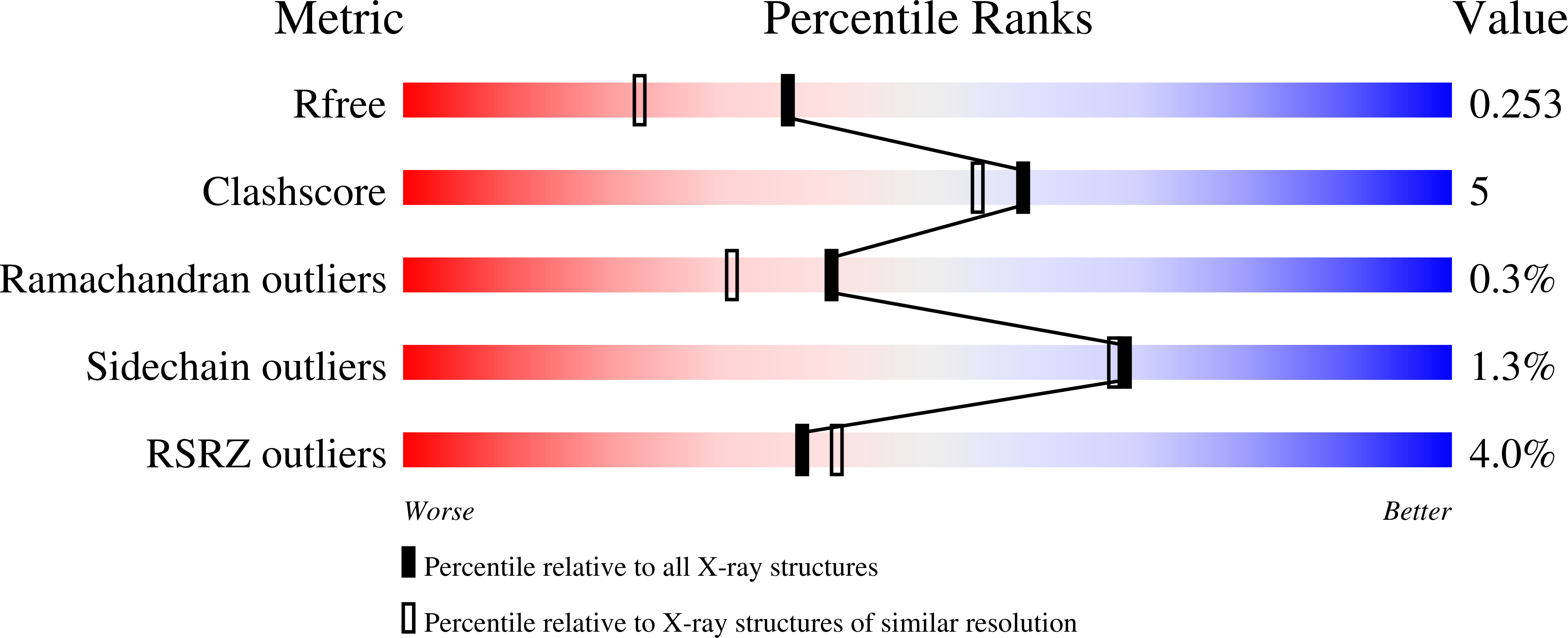
Deposition Date
2009-11-13
Release Date
2010-02-23
Last Version Date
2023-09-06
Entry Detail
PDB ID:
3KOF
Keywords:
Title:
Crystal structure of the double mutant F178Y/R181E of E.coli transaldolase B
Biological Source:
Source Organism:
Escherichia coli K-12 (Taxon ID: 83333)
Host Organism:
Method Details:
Experimental Method:
Resolution:
1.90 Å
R-Value Free:
0.24
R-Value Work:
0.20
R-Value Observed:
0.20
Space Group:
P 21 21 21


